Category: biotech/medical – Page 2,722
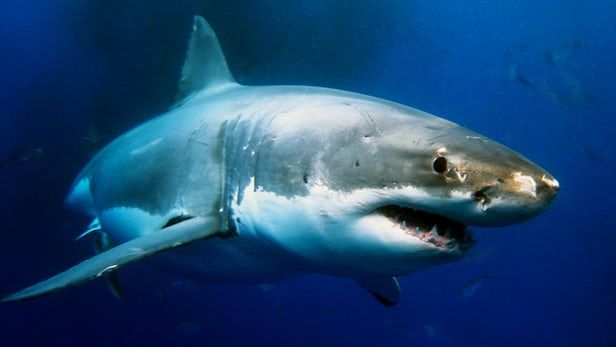
Great white shark genome has been sequenced, revealing clues to longevity and cancer resistance
To many of us, the great white shark is a mysterious and scary creature from the deep – but now it’s a little less mysterious. A team of scientists has sequenced the entire genome of the great white shark, revealing a few clues as to how these animals are so good at healing wounds and resisting cancer.
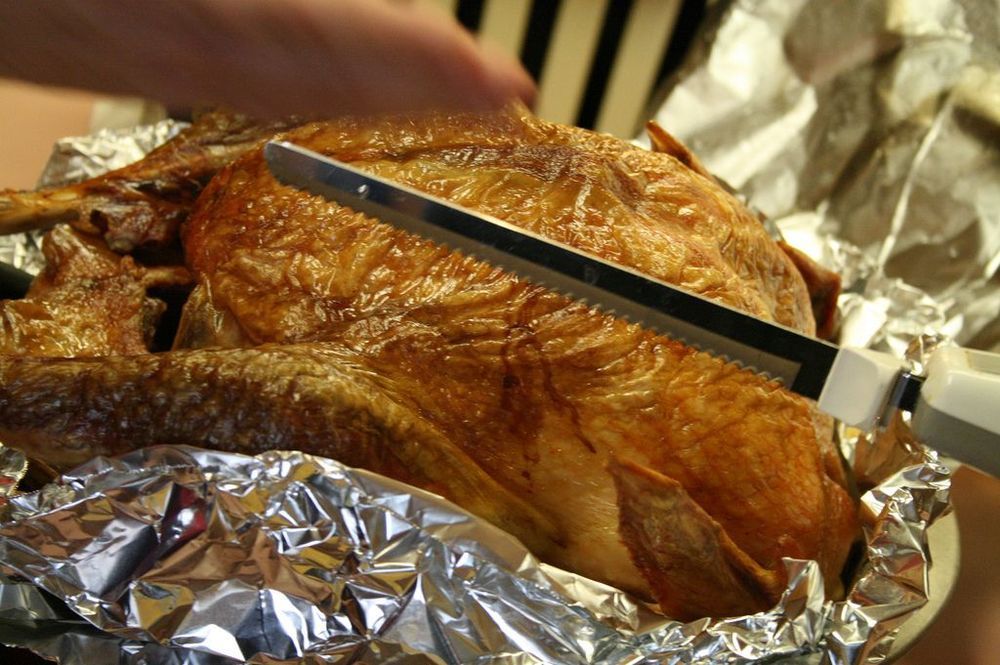
Dozens of new Salmonella cases linked to turkey products in ongoing outbreak
The Centers for Disease Control and Prevention just issued a new update to its ongoing investigation of a months-long Salmonella outbreak linked to turkey products. The update, which is the first since mid December of last year, adds over 60 new confirmed cases of Salmonella infection to the 200+ cases that were already logged.
A total of 279 cases have now been confirmed across 41 states, with over 100 hospitalized patients and one death resulting from the outbreak. Unfortunately, the bulletin brings more bad news as there’s still been no confirmed source of the Salmonella, and the investigation remains active.
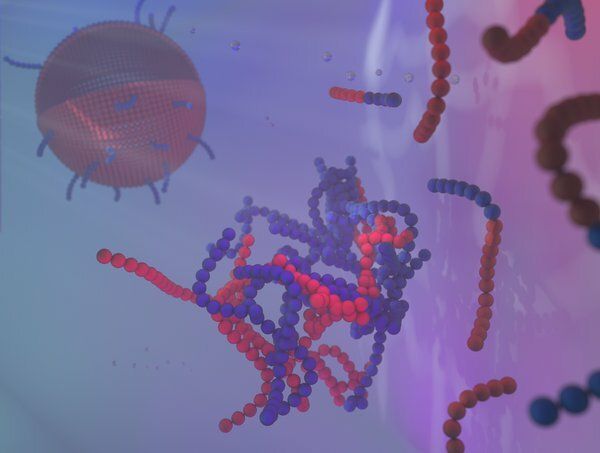
Nano-droplets are the key to controlling membrane formation
Biological membranes, and man-made variants, consist of amphiphilic molecules, of which soap is an example. These molecules have a head that bonds with water, but a tail that turns away from water. You can imagine that a group of such molecules in water, preferably puts the tails together, and sticks the heads out, towards the water. Similar processes also dominate the creation of membranes. Often they are spherical, like liposomes, so you can, for example, put a medicine in it. And also the ultimate membrane, the cell wall, is constructed in a similar way.
How nano-droplets self-assemble
Until now, the formation of ‘micelles’ was considered to be the first step in membrane formation. A micelle is an extremely small spherical structure (about 100 nanometers) of amphiphilic molecules—all with the tails inwards and the heads outwards. However, researchers at Eindhoven University of Technology discovered a different beginning: the formation of nano-droplets in water with a higher concentration of amphiphilic molecules. At the interface of that drop, the amphiphilic molecules, as it were, take each others’ hands: first they form spheres, which then change into cylinders or plates, and then a closed membrane is created that encloses the nano-droplet. With this so-called ‘self-assembly’ process, the droplet has become a liposome.
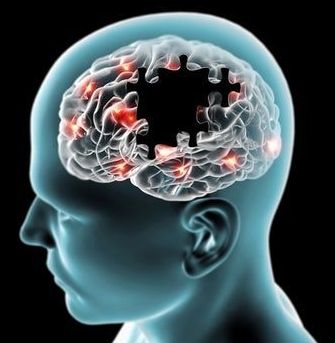
Dementia eliminates the ability to daydream, sufferers are “stuck in the moment”
Daydreaming, thinking about the past, planning for the future, or just letting your mind wander off from the current moment occupies our thoughts for a large part of every day. However, a new study has revealed patients suffering from a specific kind of early-onset dementia may have completely lost the ability to do this and seem perpetually “stuck in the moment”.

Unraveling the Mystery of ‘Deadly Dreams’ Syndrome
In December 1981, the Centers for Disease Control (the name was amended to add “Prevention” in 1992) published a report detailing sudden, unexpected deaths during sleep among mostly young, male, Southeast Asian refugees in the United States. Thirty-three of those who died were from Laos, four were from Vietnam, and one was from Cambodia. “The abruptness of the deaths reported here is compatible with a cardiac dysrhythmia,” the report stated, “but the underlying mechanism remains unclear.” Proposed explanations included stress from immigration and resettlement, sleep abnormalities, undiagnosed heart defects, and dietary deficiencies, but nothing could be proven. So it began to be called sudden unexplained death syndrome, or SUDS, and was quickly recognized as a leading cause of death among young men from Southeast Asia.
What I left out is a recurring feature in which book authors are invited to share anecdotes and narratives that, for whatever reason, did not make it into their final manuscripts. In this installment, Sandeep Jauhar shares a story that didn’t make it into his latest book, “Heart: A History,” (Farrar, Straus and Giroux.)
Brugada syndrome is believed to be responsible for roughly 20 percent of deaths in patients with structurally normal hearts.
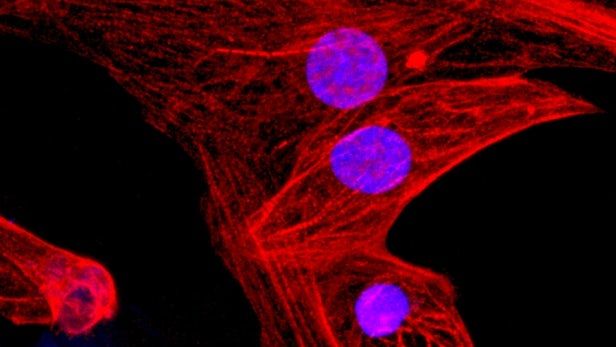
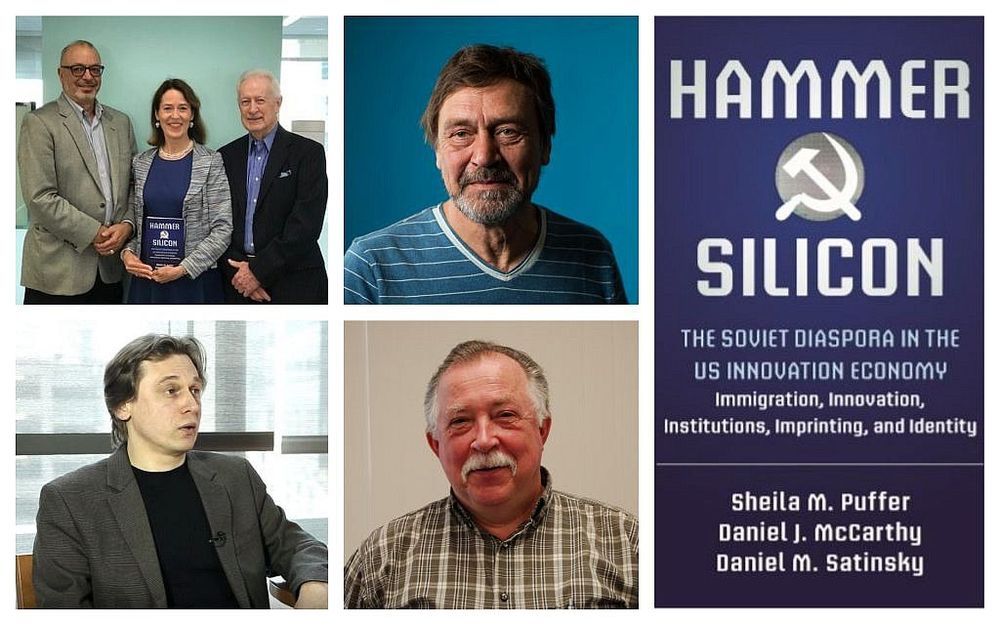
These are the Russian-speaking Jewish Americans you never knew changed your life
Clockwise from top left: ‘Hammer and Silicon’ authors Daniel Satinsky, Sheila Puffer, and Daniel McCarthy (Courtesy Sheila Puffer); scientist Slava Epstein (Adam Glanzman/ Northeastern University); Vladimir Torchilin, director of pharmaceutical biotechnology and nanomedicine at Northeastern University; anti-aging researcher at Harvard, Vadim Gladyshev (YouTube screenshot).
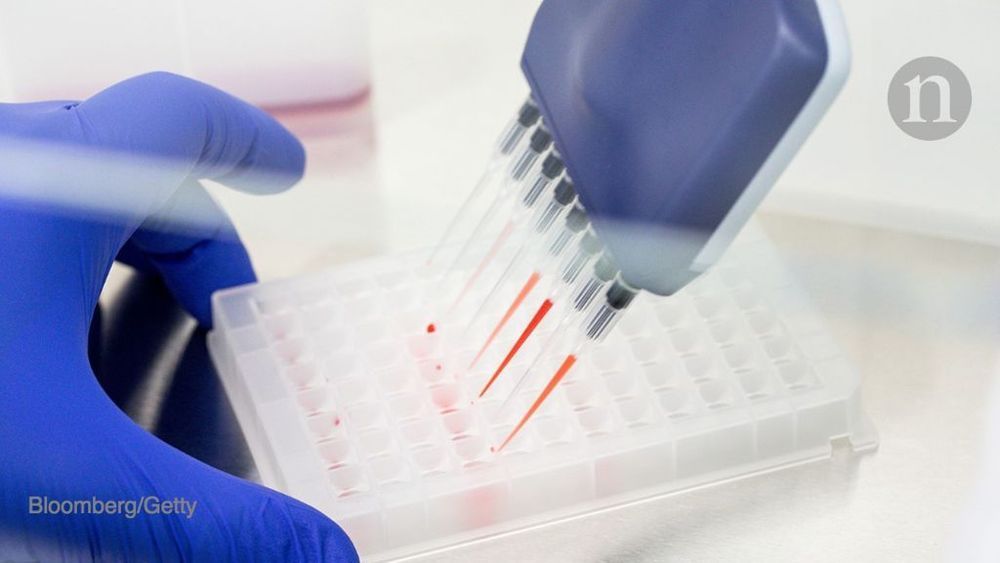
Investors bet billions on health-care start-ups with paltry publication records
I remember the #DotCom crash all too well.
The publication record of health-care start-up companies doesn’t seem to matter to investors, according to an analysis of nearly 50 biomedical ‘unicorns’ — venture-capital-backed companies valued at more than US$1 billion. The analysis, led by health-policy researcher John Ioannidis at Stanford University in California, finds no correlation between a company’s market valuation and its publication record — defined as the number of peer-reviewed papers authored directly by a firm. That’s a cause for concern, the authors say.
Firms can achieve fêted ‘unicorn’ valuations without publishing much peer-reviewed science. Health-care start-ups can reach billion-dollar valuations without publishing in peer-reviewed journals, but skipping that step can catch them out.

How Best to Resuscitate Patients With Septic Shock?
What is the best approach for resuscitation of a patient with septic shock? Despite considerable investigation over several decades, this important question still has no clear answer. There is agreement that resuscitation should proceed quickly, for the longer the delay, the greater the physiologic stress and end-organ injury. However, treatment options are principally intravenous fluids and vasoactive agents, which have the capacity to both help or harm the patient. Thus, these therapies must be titrated in response to markers of the adequacy of resuscitation. The 2016 Surviving Sepsis Guidelines advocate that the principal marker of the adequacy of resuscitation is serum lactate. Serum lactate level is elevated when the body relies on anaerobic metabolism. As such, an elevated serum lactate level is a reflection of tissue hypoperfusion and thus considered axiomatic of shock. However, serum lactate level can be elevated in conditions other than shock and yet may not always be elevated in some shock states. Furthermore, lactate clearance is often considered too slow to provide timely feedback to clinicians regarding the consequences of their treatment decisions. Moreover, not all patients with shock can be cared for in settings with access to rapid-turnaround serum lactate assays.
An alternative approach is to monitor compensatory physiological mechanisms. For example, in response to shock, the body will attempt to restrict blood flow to peripheral vascular beds. Thus, one of the simplest bedside clinical examination findings in shock is delayed capillary refill in the skin. The problem with delayed capillary refill, however, is that the examination can be difficult to standardize. Furthermore, there has been little empirical evaluation of resuscitation strategies based on this finding.
In this issue of JAMA, Hernández and colleagues report the results of a clinical trial in which 424 adults with early septic shock were randomized to 2 alternative 8-hour resuscitation strategies: one based on serial measurements of serum lactate levels and the other on peripheral perfusion, assessed by serial capillary refill time (CRT) examinations. The trial was conducted among patients in the intensive care unit with early septic shock, defined as patients with suspected or confirmed infection who were recognized within 4 hours to have elevated serum lactate level (2 mmol/L) and require vasopressors to maintain blood pressure despite a bolus of 20 mL/kg of intravenous crystalloids.